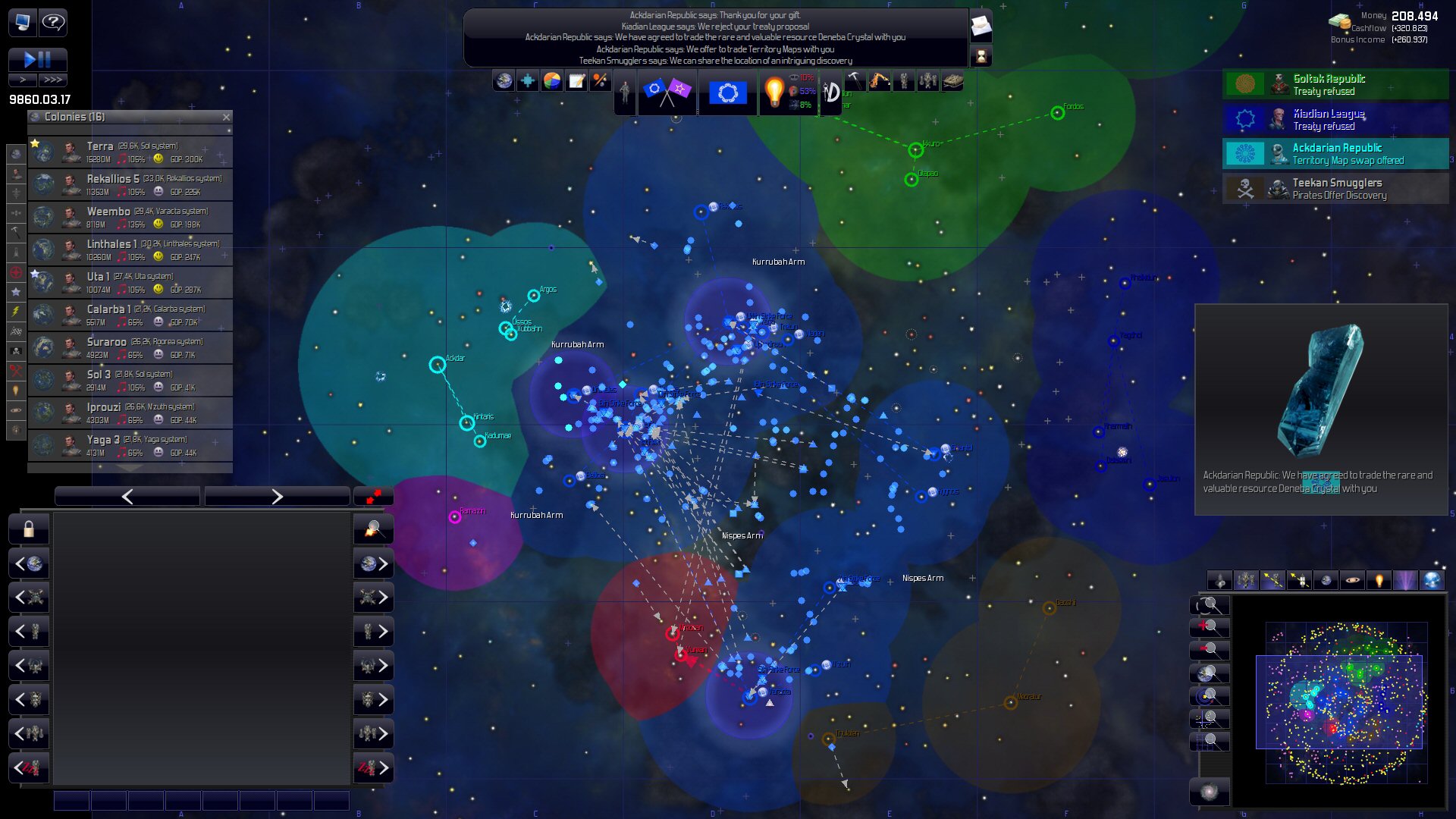
"The Great Observatories program was really a brilliant concept," said Michael Werner, Spitzer project scientist at NASA's Jet Propulsion Laboratory in Pasadena, California. By combining their observations of various objects and regions, scientists can gain a more complete picture of the universe. Each of the four Great Observatories collects light in a different wavelength range. Studies of these very distant galaxies relied on data from both Spitzer and the Hubble Space Telescope, another one of NASA's Great Observatories. But the "big baby" galaxies showed that massive collections of stars came together very early in the universe's history. Large, modern galaxies are thought to have formed through the gradual merger of smaller galaxies. As a result, scientists see these galaxies as they were less than 400 million years after the birth of the universe.Īmong this population of ancient galaxies was a surprise for scientists: "big baby" galaxies that were much larger and more mature than scientists thought early-forming galaxies could be. The light from some of those galaxies traveled for 13.4 billion years to reach Earth. With its infrared vision and high sensitivity, Spitzer has contributed to the study of some of the most distant galaxies in the known universe.

On Earth, infrared light is used in a variety of applications, including night-vision instruments. Spitzer detects infrared light - most often heat radiation emitted by warm objects. And by working in collaboration with NASA's other Great Observatories, Spitzer has helped scientists gain a more complete picture of many cosmic phenomena."

"Spitzer's discoveries extend from our own planetary backyard, to planets around other stars, to the far reaches of the universe. "In its 15 years of operations, Spitzer has opened our eyes to new ways of viewing the universe," said Paul Hertz, director of the Astrophysics Division at NASA Headquarters in Washington. Mission members reflect on some of Spitzer's most amazing and surprising discoveries. Initially scheduled for a 2.5-year primary mission, NASA's Spitzer Space Telescope has gone far beyond its expected lifetime - and is still going strong after 15 years. Spitzer assisted in the discovery of planets beyond our solar system, including the detection of seven Earth-size planets orbiting the star TRAPPIST-1, among other accomplishments. The space telescope has illuminated some of the oldest galaxies in the universe, revealed a new ring around Saturn, and peered through shrouds of dust to study newborn stars and black holes. 25, 2003, Spitzer was the final of NASA's four Great Observatories to reach space.


Initially scheduled for a minimum 2.5-year primary mission, NASA's Spitzer Space Telescope has gone far beyond its expected lifetime - and is still going strong after 15 years.


 0 kommentar(er)
0 kommentar(er)
